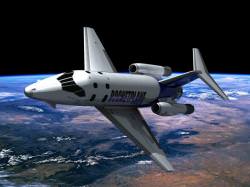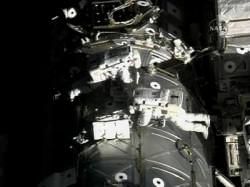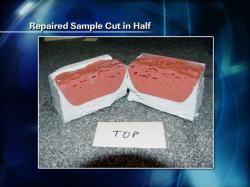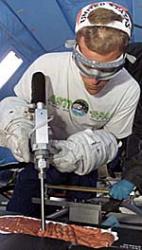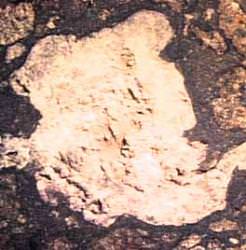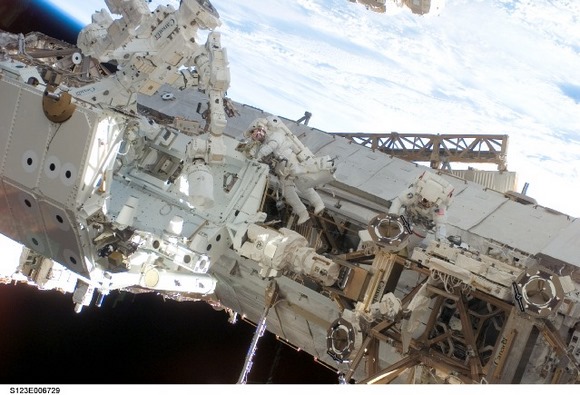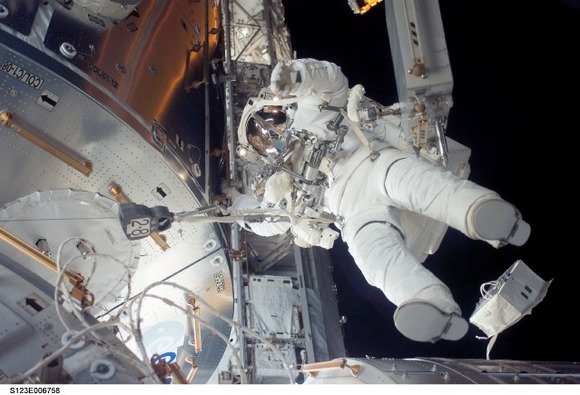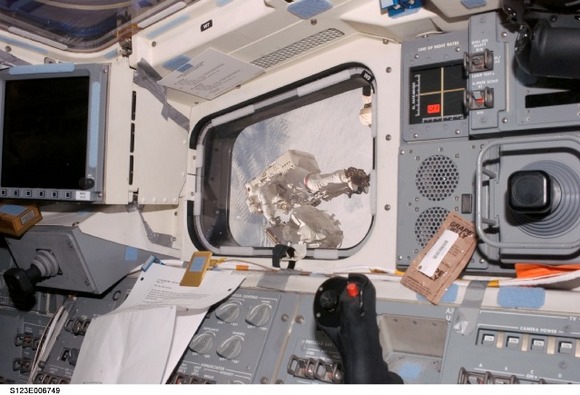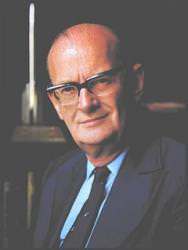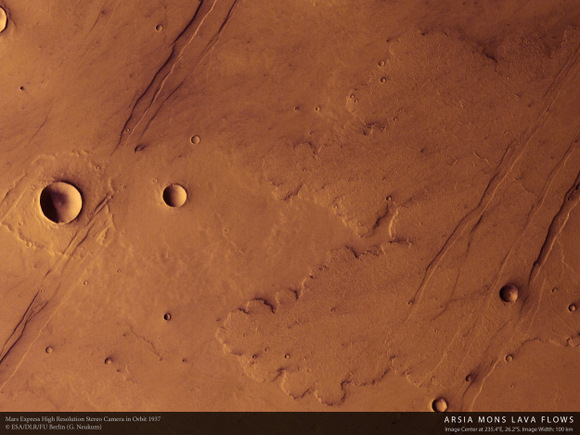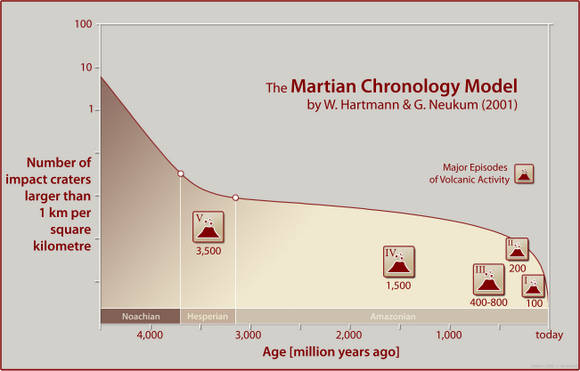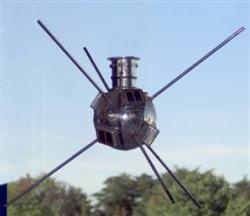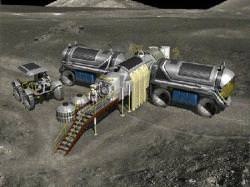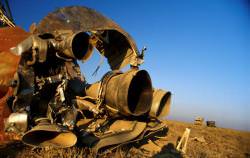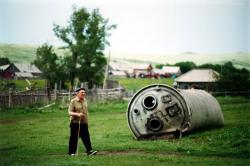The commercial space company Rocketplane Global announced today that Paul Metz has joined the company as Vice President and Chief Test Pilot. Metz fills the spot vacated by former NASA astronaut John Herrington, who left Rocketplane at the end of last year. Perhaps things are looking up for Rocketplane. News from the company has been sparse since Herrington’s departure, as well as since word came out that NASA terminated its Commercial Orbital Transportation Services (COTS) agreement with the Kistler side of Rocketplane (RpK) last year because the company failed to meet financial milestones. The one hopeful piece of news came in October 2007 at the X Prize Cup, when Rocketplane announced a major redesign of it’s XP Spaceplane.
Rocketplane also announced on Friday that David Faulkner has been promoted to Chief Technology Officer for the company. Faulkner has been with Rocketplane since 2005 and was Program Manager. He now will manage and direct the development of the company’s technology and vehicle programs. A press release from Rocketplane Global indicated that Faulkner’s promotion and the addition of Metz emphasizes the importance the company is placing on the development of the Rocketplane XP suborbital space vehicle as well as its plan to develop technologies and concepts that will lead to future vehicles.
Metz had previously been one of Lockheed Martin’s chief test pilots, but also recently served as Vice President for Lockheed’s flight test program for different types of aircraft.
Rocketplane Global, Inc. was formed in 2001 to develop, build, and operate vehicles to serve the suborbital space tourism market. Since 2004, Rocketplane has been developing the Rocketplane XP suborbital space vehicle. The vehicle will take passengers beyond 100km in altitude during its flights to space where the passengers will experience more than three minutes of weightlessness and a view of the earth previously only available to astronauts. Rocketplane Kistler is designing the K-1 reusable aerospace vehicle, designed to deliver payloads to orbit and provide a low-cost alternative to single-use launch vehicles.
New Source: Rocketplane Global press release

